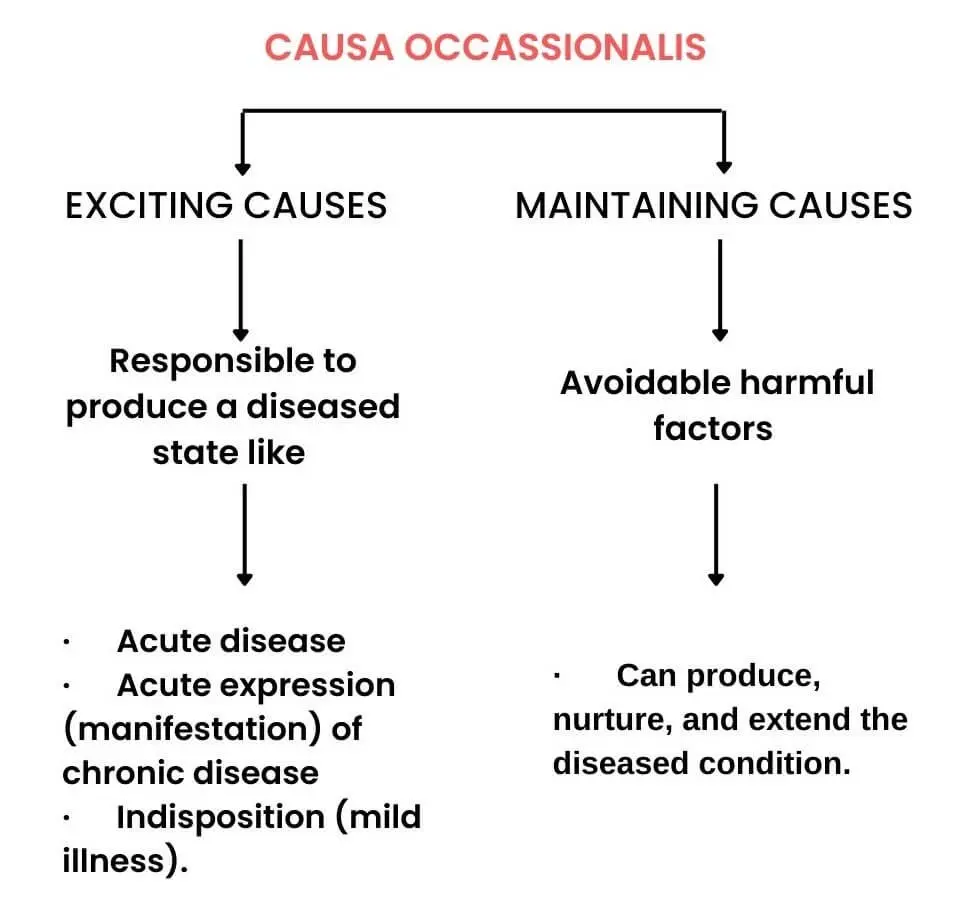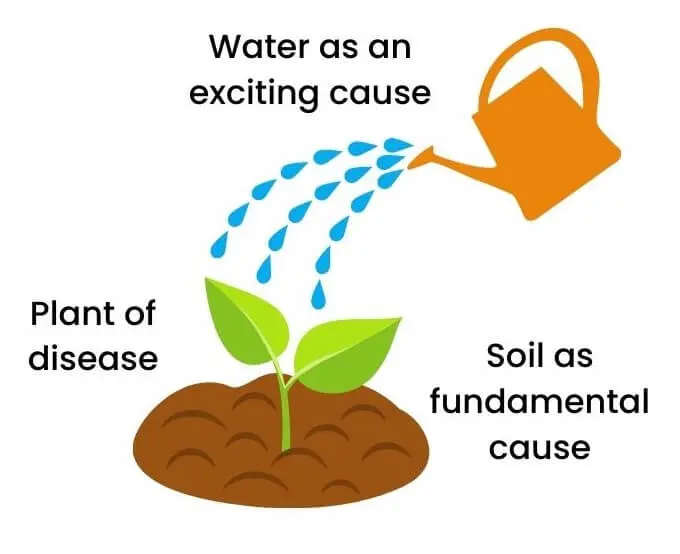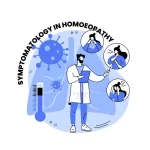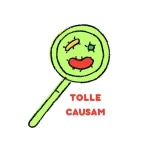
Dr. Hahnemann in aphorism 7 discusses on four interrelated concepts, out of which in this post I am going to explain about Causa Occassionalis in homoeopathy.
Word meaning: Occasional causes.
What is this about?
- Exciting causes of the disease
- Maintaining causes of the disease

In aphorism 7, Dr. Hahnemann indicates towards the possibilities of presence of exciting or maintaining factors of the disease conditions specially in cases of chronic diseases.
Table of Contents
ToggleEXCITING CAUSES
Definition
Factors that are responsible to produce (give rise to) a state or condition of disease are called exciting causes.
They may produce,
- Acute disease
- Acute expression (manifestation) of chronic disease
- Indisposition (mild illness).
Types of exciting causes
In aphorism 73 of organon of medicine Dr. Hahnemann classified the exciting causes into two types.
Individual causes
- Lack of ideal lifestyle
E.g., overeating, malnutrition, excessive sedentary habits, insufficient rest, or sleep.
- Physical or mental irritation
E.g., fear, grief, overjoy, emotions, accidents etc.
General causes
- Meteoric or telluric influences
E.g., related to earth’s climatic condition (atmosphere) and soil.
- Acute miasm
E.g., unavoidable crisis of war, flood or poverty comes under acute miasm.
(Ref: there are mainly three chronic miasms: Psora, Sycosis and Syphilis which are known as fundamental causes of disease.)
Exciting causes can affect a person only when there is already the presence of chronic miasm which makes them susceptible towards certain diseases.
Let us understand this with a simple example below.

Soil is the fundamental cause in which plant of disease grows.
When this soil receives the water of exciting cause it blossoms.
Here are some examples of exciting causes.
- Protein energy malnutrition due to insufficient diet for long time.
- Habit of taking alcoholic liquors or any kind of overindulgence.
- Residing in unhealthy or muddy (waterlogged) localities.
What is the importance of investigating exciting causes?
- Proper identification of exciting causes is necessary so we can avoid them to prevent future sufferings.
- Sometimes in indisposition, only by the removal of exciting causes is enough to restore the previous health.
- Helps in selection of most accurate homoeopathic treatment in acute or chronic disease.
Read the CONCEPT OF HEALTH AND DISEASE IN HOMOEOPATHY in simple words.
MAINTAINING CAUSES
Definition
Any avoidable harmful factor that can produce, nurture, and extend the disease condition comes under the maintaining causes of the disease.
Maintaining causes = Avoidable harmful factors → Can produce, nurture, and extend the diseased condition.
Here are some examples of maintaining causes so you can understand more precisely.
- Prolong habit of sedentary lifestyle with eating junk food.
- Long lasting restrains from necessary things that are important to life maintenance.
- Improper sanitation or hygienic habits.
- Occupational diseases like silicosis, byssinosis (caused by cotton dust inhalation), asbestosis etc. comes under maintaining causes.
What is the therapeutic importance of identifying the maintaining causes of disease?
- Permanent cure is not possible if the maintaining causes are not removed as disease will reoccur again and again.
- Sometimes only removal of maintaining causes is sufficient to restore the previous healthy state (only in conditions where there is no chronic miasm present in body).
Conclusion
Maintaining causes are given more importance.
Unless you remove causa occassionalis, it is impossible to achieve permanent cure.
There are some cases even after careful examination of patients, exciting or maintaining causes cannot be identified and then the physician must depend on the existing symptoms of the case.
Such symptoms are present on physical, mental and spiritual planes which are collectively called the Totality of the symptoms.
Read TOTALITY OF SYMPTOMS in detail by following the link.













It’s really a wonderful explaination